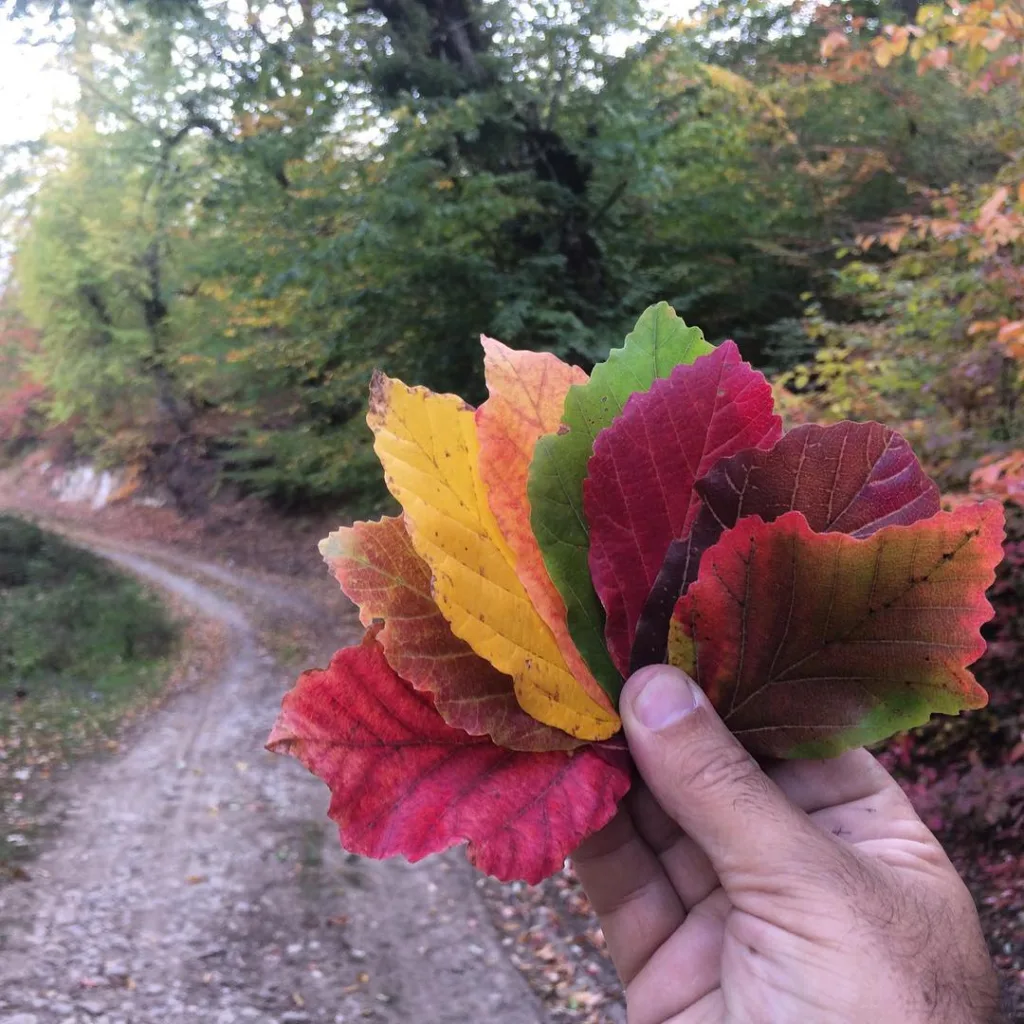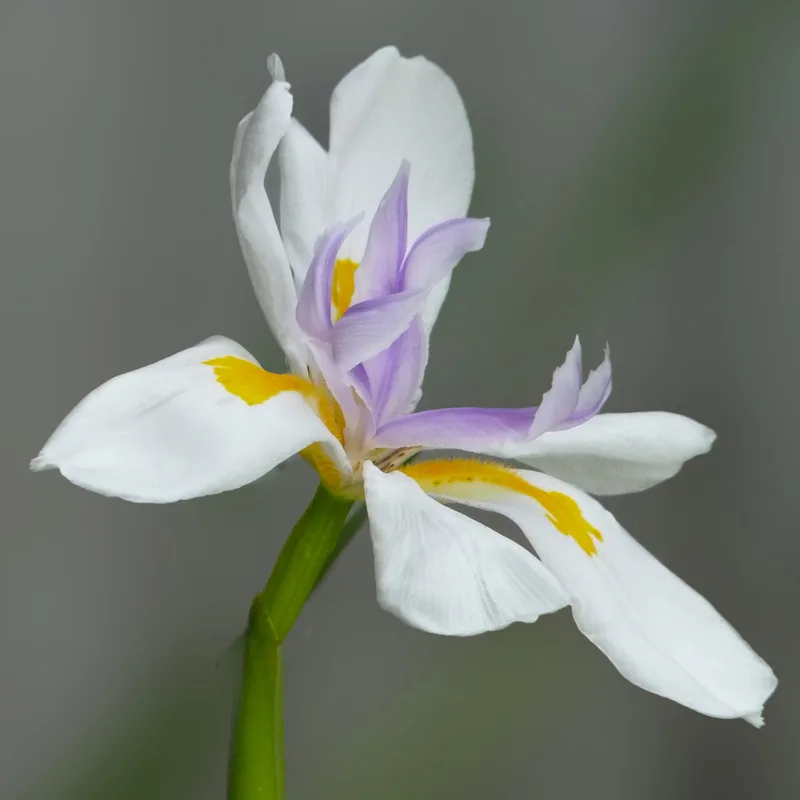
January 19 – Lespedeza
“Lespedeza, the adaptable bush clover, defines January 19.”
You are resourceful and independent, thriving in any environment. Your optimism and tenacity make you a beacon of hope for others.
Lespedeza: A Love Affair with Bush Clover
My name is Ferb Vu, and I have a confession. I’m utterly captivated by a genus of plants that often gets overlooked: Lespedeza. These humble yet beautiful flowering plants, members of the Fabaceae family (more commonly known as the legume or pea family), have completely stolen my heart. Perhaps it’s their understated elegance, their resilience, or their fascinating diversity that draws me in. Whatever the reason, I find myself constantly seeking out new information about them, eager to learn every little detail.
A World of Lespedeza
Lespedeza, often referred to as bush clover or Japanese clover, boasts around 61 different species. These range from herbaceous perennials and small shrubs to trailing vines, each with its own unique charm. Imagine delicate, trifoliate leaves (that means they have three leaflets, like a clover!) in shades of green, sometimes tinged with hints of silver or blue. Then picture the blossoms – small, pea-like flowers in a spectrum of colors from white and cream to vibrant pinks and purples. They truly are a sight to behold.
Here are:
- Lespedeza × acuticarpa Mack. & Bush
- Lespedeza angustifolia (Pursh) Elliott
- Lespedeza × bicoloba S.Akiyama
- Lespedeza bicolor Turcz.
- Lespedeza × brittonii E.P.Bicknell
- Lespedeza buergeri Miq.
- Lespedeza cambodianum V.D.Nguyen
- Lespedeza capitata Michx. Plant FAQs: Lespedeza Capitata
- Lespedeza caraganae Bunge
- Lespedeza chinensis G.Don
- Lespedeza cuneata (Dum.Cours.) G.Don
- Lespedeza cyrtobotrya Miq.
- Lespedeza × cyrtobuergeri S.Akiyama & H.Ohba
- Lespedeza × cyrtoloba S.Akiyama
- Lespedeza danxiaensis Q.Fan, W.Y.Zhao & K.W.Jiang
- Lespedeza daurica (Laxm.) Schindl.
- Lespedeza davidi Franch.
- Lespedeza dunnii Schindl.
- Lespedeza elegans Cambess.
- Lespedeza fasciculiflora Franch.
- Lespedeza floribunda Bunge
- Lespedeza fordii Schindl.
- Lespedeza forrestii Schindl.
- Lespedeza frutescens (L.) Hornem.
- Lespedeza gerardiana Wall. ex Maxim.
- Lespedeza hengduanshanensis (C.J.Chen) Bo Xu, X.F.Gao & Li Bing Zhang
- Lespedeza hirta (L.) Hornem.
- Lespedeza hisauchii T.Nemoto & H.Ohashi
- Lespedeza hispida (Franch.) T.Nemoto & H.Ohashi
- Lespedeza homoloba Nakai
- Lespedeza inschanica (Maxim.) Schindl.
- Lespedeza × intermixta Makino
- Lespedeza jiangxiensis Bo Xu, X.F.Gao & Li Bing Zhang
- Lespedeza juncea (L.f.) Pers.
- Lespedeza × kagoshimensis Hatus.
- Lespedeza leptostachya Engelm. ex A.Gray
- Lespedeza lichiyuniae T.Nemoto, H.Ohashi & T.Itoh
- Lespedeza × longifolia DC.
- Lespedeza × macrovirgata Kitag.
- Lespedeza × manniana Mack. & Bush
- Lespedeza maritima Nakai
- Lespedeza maximowiczii C.K.Schneid.
- Lespedeza melanantha Nakai
- Lespedeza × miquelii S.Akiyama
- Lespedeza × neglecta (Britton) Mack. & Bush
- Lespedeza × nuttallii Darl.
- Lespedeza × oblongifolia (Britton) W.Stone
- Lespedeza pilosa (Thunb.) Siebold & Zucc.
- Lespedeza procumbens Michx.
- Lespedeza pseudomaximowiczii D.P.Jin, Bo Xu & B.H.Choi
- Lespedeza repens (L.) W.P.C.Barton
- Lespedeza × robusta Nakai
- Lespedeza sessilifolia Gamble
- Lespedeza × simulata Mack. & Bush
- Lespedeza stuevei Nutt.
- Lespedeza texana Britton
- Lespedeza thunbergii (DC.) Nakai
- Lespedeza tomentosa (Thunb.) Siebold ex Maxim.
- Lespedeza violacea (L.) Pers.
- Lespedeza virgata (Thunb.) DC.
- Lespedeza virginica (L.) Britton
Why Lespedeza Matters
Beyond their aesthetic appeal, Lespedeza species play a vital role in their ecosystems. As legumes, they have the remarkable ability to fix nitrogen in the soil. This means they can convert atmospheric nitrogen into a usable form for plants, enriching the soil and benefiting surrounding vegetation. They also provide valuable food and habitat for wildlife. Bees and butterflies are particularly fond of their nectar-rich blossoms, while birds and small mammals often rely on their seeds for sustenance.
More Than Just a Pretty Face
Lespedeza also has a rich history of practical uses. Some species have been traditionally used for medicinal purposes, while others have served as valuable forage crops for livestock. And let’s not forget their importance in erosion control, thanks to their robust root systems that help stabilize the soil.
The Allure of the Underdog
Perhaps what I love most about Lespedeza is its unassuming nature. It doesn’t demand attention like a flamboyant rose or a towering oak, yet it possesses a quiet beauty and resilience that I find truly inspiring. In a world that often values the flashy and the bold, I find solace in the understated elegance of these often-overlooked plants.
My journey with Lespedeza is far from over. I’m eager to continue exploring the diversity of this fascinating genus, learning more about its ecological importance, and perhaps even trying my hand at cultivating some of my favorite species. If you ever have the chance to encounter a Lespedeza in the wild or in a garden, I encourage you to take a moment to appreciate its subtle beauty and quiet strength. You might just find yourself falling in love, too.
If i die, water my plants!



